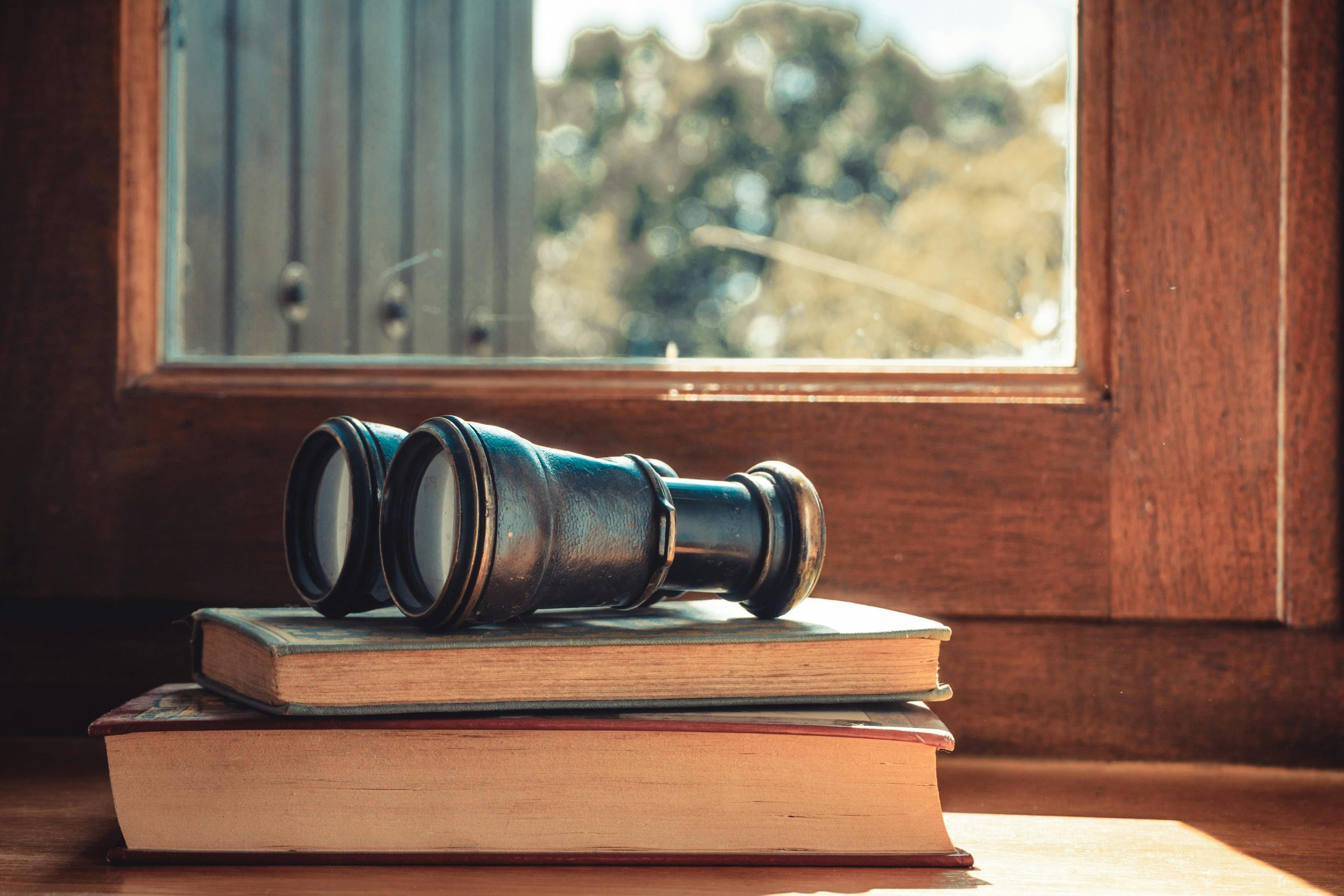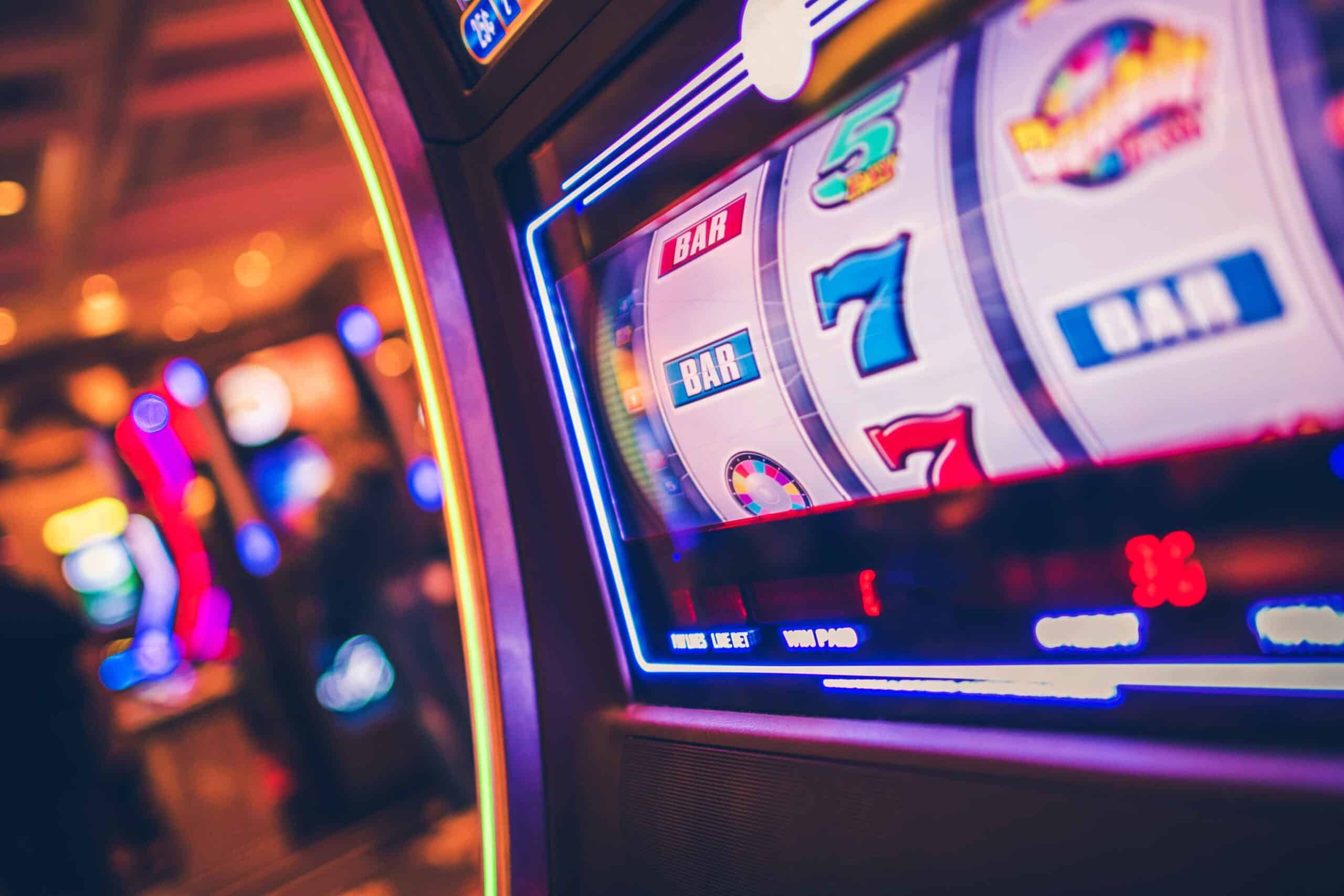Introduction
Understanding the early panic attack symptoms can be the difference between managing anxiety effectively and feeling completely overwhelmed. Panic attacks are sudden, intense episodes of fear that appear without warning and can leave individuals feeling helpless and out of control. Recognizing these signs early helps reduce their severity and allows for timely professional help. At CHMC India, we focus on providing evidence-based psychiatric care that addresses both the psychological and physical dimensions of panic attacks, helping individuals achieve long-term recovery.
What Are Panic Attacks?
Definition and Nature of Panic Attacks
A panic attack is a sudden surge of fear or discomfort that peaks within minutes and brings with it numerous physical and emotional symptoms. These panic attack symptoms are not imaginary; they are a genuine response of the body’s fight-or-flight mechanism triggered by extreme anxiety or perceived danger.
Understanding the Impact
During a panic attack, individuals may feel as though they’re losing control, experiencing a heart attack, or even dying. These intense reactions can occur without any clear external reason, making the condition confusing and distressing. Recognizing the warning signs of panic attack symptoms helps in breaking this cycle of fear and uncertainty.
Early Physical Warning Signs of Panic Attack Symptoms
Rapid or Irregular Heartbeat
A pounding or racing heart is often the first physical sign of a panic attack. This sudden increase in heartbeat occurs due to a surge of adrenaline. For many, this particular panic attack symptom feels identical to a heart attack, leading to additional anxiety.
Shortness of Breath or Hyperventilation
Difficulty breathing or a sensation of choking is another major indicator. This panic attack symptom arises as the body tries to take in more oxygen during heightened stress. The lack of controlled breathing can cause dizziness, chest tightness, and lightheadedness.
Sweating and Trembling
Sudden sweating, trembling hands, or uncontrollable shaking are key panic attack symptoms linked to the body’s stress response. Even in a calm environment, these physical changes appear suddenly, confusing the person experiencing them.
Chest Pain or Pressure
Chest discomfort is one of the most alarming panic attack symptoms, often mistaken for cardiac distress. This sensation results from muscle tension and rapid breathing. Although it’s harmless, it can feel extremely threatening, fueling further panic.
Nausea and Dizziness
Some individuals experience nausea, stomach upset, or dizziness during a panic attack. These panic attack symptoms occur because anxiety affects the digestive and circulatory systems simultaneously.
Emotional and Cognitive Warning Signs of Panic Attack Symptoms
Intense Fear and Sense of Doom
The most prominent emotional panic attack symptom is overwhelming fear. A person might believe something catastrophic is about to happen—even in a safe environment. This irrational but powerful fear is what defines a true panic attack.
Fear of Losing Control or Going Crazy
Another common panic attack symptom is the fear of losing control or “going crazy.” The mind becomes hyper-alert, magnifying small sensations into terrifying signals. This often leads to a vicious cycle where fear fuels further panic.
Detachment or Unreal Feeling
A feeling of detachment from reality, known as derealization or depersonalization, may occur. This panic attack symptom makes the world seem distant or dreamlike, leaving the person feeling disconnected and frightened.
Anticipatory Anxiety
After experiencing panic once, individuals may live in constant fear of it happening again. This persistent fear becomes one of the most dangerous panic attack symptoms, often leading to avoidance behaviors and social withdrawal.
Behavioral Changes as Warning Signs
Avoiding Certain Places or Situations
Many people begin avoiding locations where previous panic attacks occurred—such as crowded malls, public transport, or social events. This avoidance reinforces anxiety and creates dependency behaviors tied to panic attack symptoms.
Over-Reliance on Safety Behaviors
Some may start carrying “safety” items like medications, water, or staying close to exits to feel secure. While this may offer temporary comfort, it perpetuates fear and reinforces panic attack symptoms over time.
Why Recognizing Panic Attack Symptoms Early Is Important
Preventing Panic Disorder
If panic attack symptoms remain untreated, they can evolve into panic disorder—a chronic condition where fear of future attacks dominates daily life. Early awareness helps prevent this escalation.
Reducing Physical Strain
Frequent panic attacks can strain the cardiovascular and nervous systems. Recognizing the early symptoms allows individuals to employ relaxation techniques before symptoms peak, minimizing long-term health effects.
Promoting Emotional Stability
Timely recognition of panic attack symptoms empowers individuals to respond calmly, reducing emotional turmoil. Understanding the signs enables a sense of control, replacing helplessness with awareness.
How CHMC India Helps You Identify Panic Attack Symptoms
Comprehensive Psychological Assessment
At CHMC India, every patient undergoes a detailed psychological evaluation to understand the underlying triggers behind their panic attack symptoms. Our expert psychiatrists use advanced diagnostic tools aligned with Western medical standards.
Personalized Treatment Plans
Each person’s experience with panic attack symptoms is unique. That’s why we create individualized care plans that combine therapy, medication, and relaxation techniques, addressing both physical sensations and emotional distress.
Therapy and Counseling Support
Therapeutic approaches like Cognitive Behavioral Therapy (CBT) help patients recognize thought patterns that trigger panic. This structured therapy reduces panic attack symptoms and prevents recurrence.
Techniques to Manage Early Panic Attack Symptoms
Controlled Breathing Exercises
Learning to regulate breathing helps prevent hyperventilation and calms the nervous system. Deep breathing can quickly reduce physical panic attack symptoms like chest tightness and dizziness.
Grounding Techniques
Grounding exercises, such as focusing on one’s surroundings or physical sensations, help counteract the feelings of detachment that often accompany panic attack symptoms.
Progressive Muscle Relaxation
Tensing and releasing different muscle groups can reduce overall body tension, easing the intensity of panic attack symptoms during the early stages.
Lifestyle Adjustments to Prevent Panic Attack Symptoms
Regular Exercise
Physical activity releases endorphins, improving mood and reducing anxiety. This natural stress relief helps minimize recurring panic attack symptoms.
Balanced Diet and Hydration
Maintaining proper nutrition supports healthy brain function. Avoiding caffeine and alcohol helps prevent the triggering of panic attack symptoms related to overstimulation.
Adequate Sleep
Poor sleep increases vulnerability to anxiety. A consistent sleep routine strengthens emotional stability, helping to manage panic attack symptoms effectively.
When to Seek Professional Help
Persistent or Worsening Symptoms
If panic attack symptoms occur frequently or become unmanageable, it’s time to consult a mental health specialist. Delaying care can worsen both the intensity and frequency of attacks.
Physical Distress During Attacks
When panic attack symptoms resemble heart issues or cause fainting, professional evaluation is necessary to rule out medical causes and begin appropriate treatment.
Interference with Daily Life
If fear of panic attacks prevents you from leaving home, socializing, or working, professional treatment at CHMC India can restore control and confidence through structured therapy and medical guidance.
Recovery and Long-Term Management
Therapy Continuation
Long-term therapy helps patients understand their anxiety triggers and build resilience against future panic attack symptoms.
Medication Under Supervision
When prescribed, medications can stabilize brain chemistry, reducing the intensity of panic attack symptoms and enhancing the effectiveness of therapy.
Mindfulness and Self-Compassion
Practicing mindfulness allows individuals to stay present and reduce anticipatory fear. Self-compassion helps in coping with residual anxiety linked to panic attack symptoms.
Conclusion
Recognizing the early warning signs of panic attack symptoms is the first step toward reclaiming peace of mind. Physical signs like rapid heartbeat and shortness of breath, along with emotional distress and irrational fear, can be managed effectively through awareness and professional intervention. CHMC India stands as a trusted center for comprehensive psychiatric care, offering personalized treatment rooted in Western medical standards and compassionate support. By learning to identify and respond to panic attack symptoms promptly, individuals can overcome fear, prevent relapse, and regain control over their lives.



